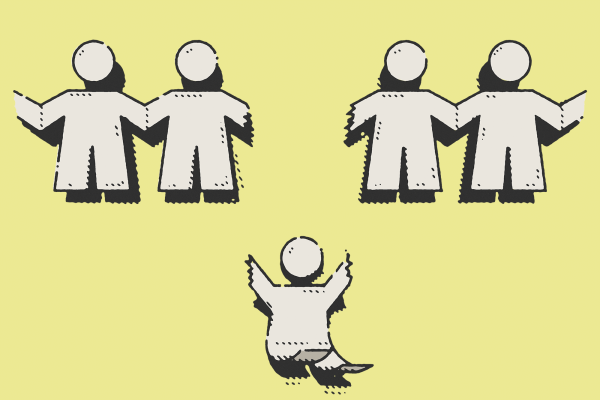ONE OF THE most most frustrating times as a parent was when one of my toddlers would begin to cry and I was in the next room. Of course, I would rush right over. But once I got there, I wasn’t sure whether they were sick or had bumped into the couch. Between the pain, early language development, and their weeping, it was hard to diagnose the situation. I relied on a question my toddler could answer by pointing: “Where does it hurt?”
As we—adults, parents, faith leaders, and communities—rush to enter a post-pandemic reality, we would do well to pause and ask young people how the last year and a half has impacted them. Patient listening may lead to prophetic grief. As the prophet Jeremiah reminds, “For the hurt of my poor people I am hurt, I mourn, and dismay has taken hold of me” (8:21).
For 30 years, the Children’s Defense Fund (CDF) has plumbed the best available research to answer this question for young people: Where does it hurt? CDF’s “State of America’s Children” report, released this spring, analyzes this data and paints a picture of child well-being and our challenges ahead. The information makes clear that our children have not been immune to the crises of public health and racial injustice we have faced. As of February of this year, 13 percent of the COVID-19 cases in the U.S. were children. They are hurting physically, socially, emotionally, and economically.
Read the Full Article

